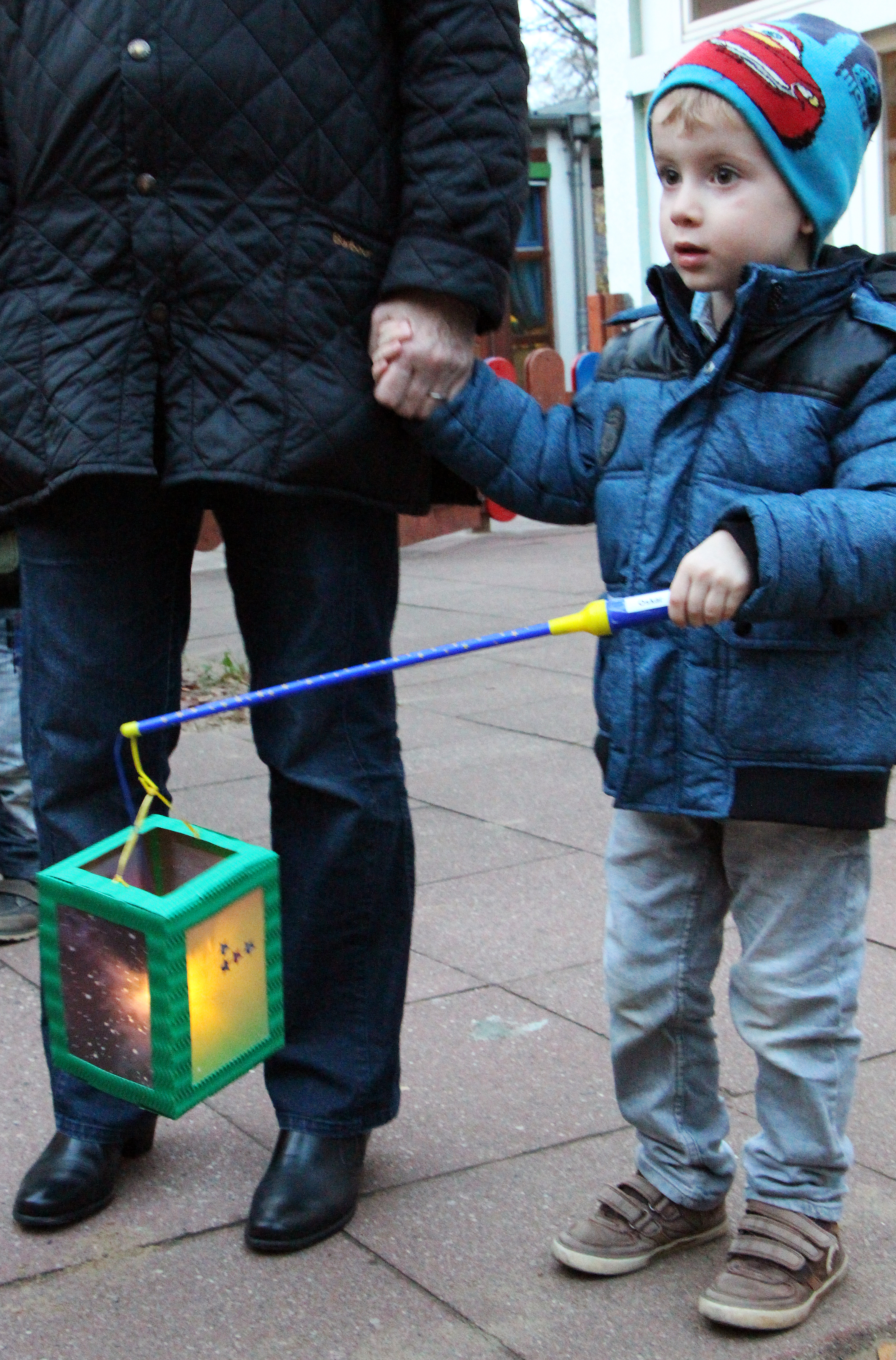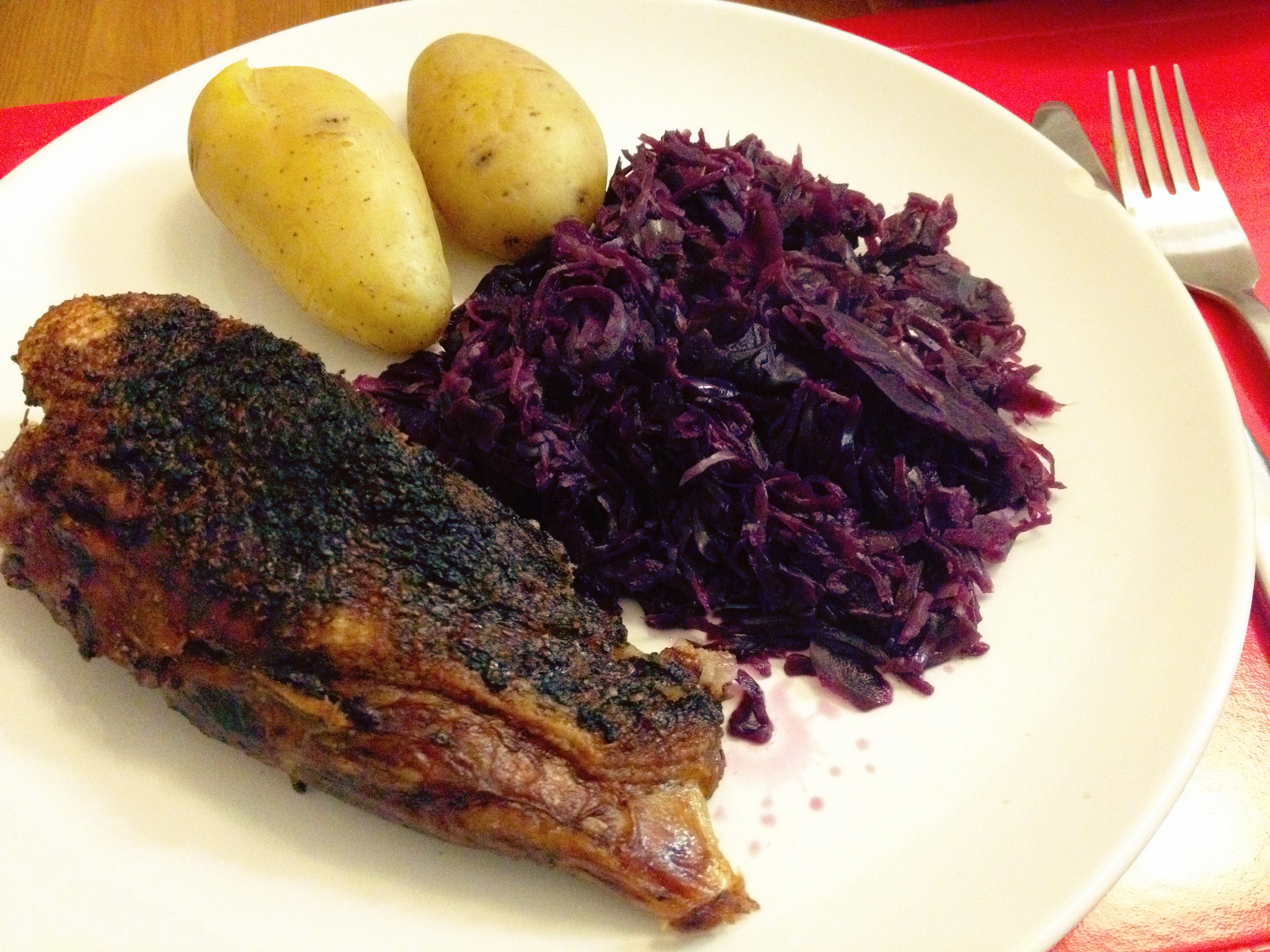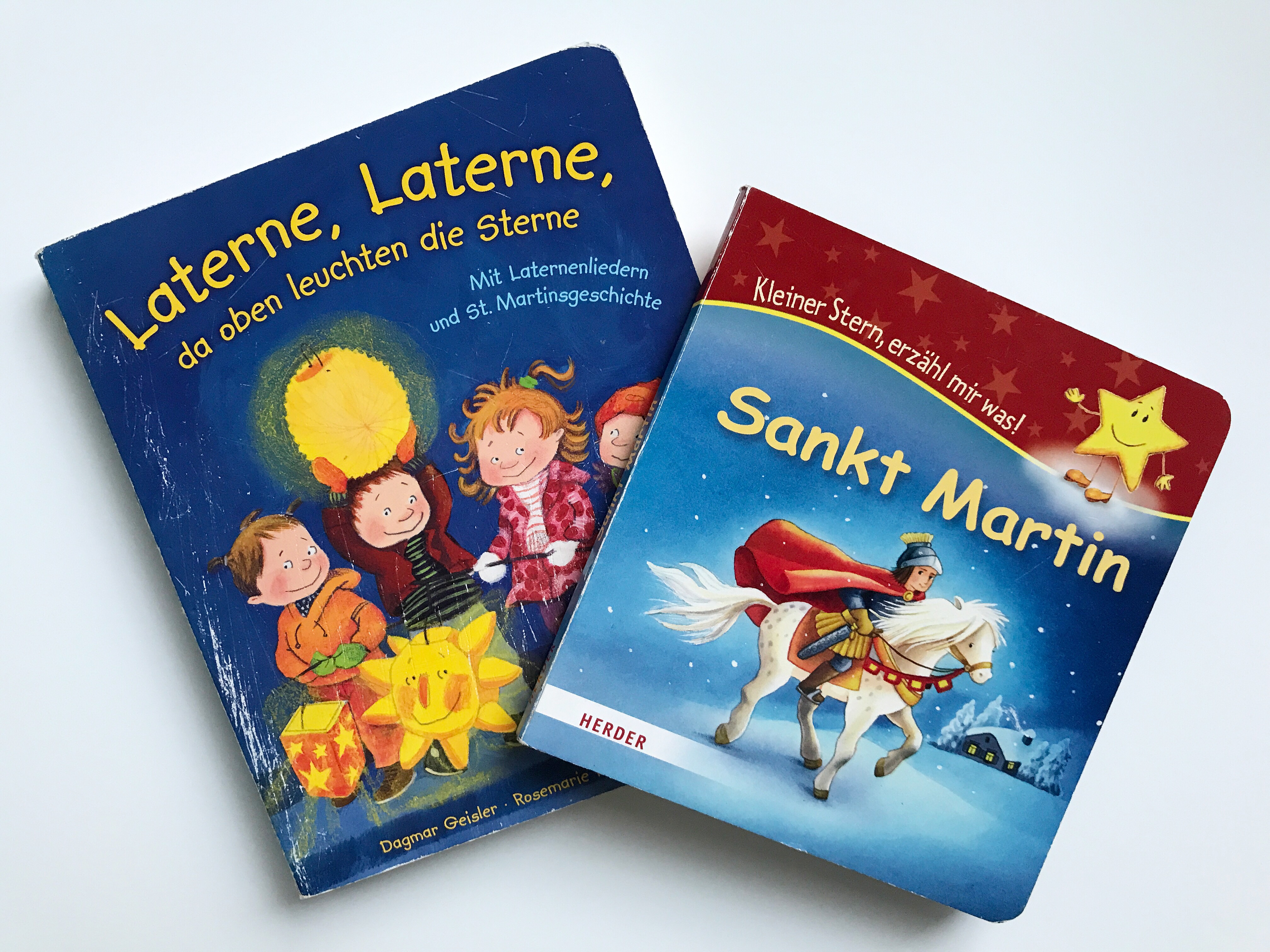
How to Celebrate St Martin’s Day
In German culture, between Hallowe’en and Advent/ Christmas, we have another celebration to look forward to – the wonderful festival of St Martin, which falls on 11th November. Although it’s practically unheard of in Scotland and the UK, we still celebrate this with the boys every year, so I thought I’d tell you a bit more about it.

Who was St Martin?
Martin was born in the 4th century AD in modern day Hungary and became a soldier in the Roman army, following in his father’s footsteps. However, he didn’t remain a solider for long and devoted his life to Christianity, eventually being appointed Bishop of Tours, in France. He was particularly known for his dedication to helping the poor and petitioning for the release of prisoners, and was proclaimed a saint after his death. However, the story he is most famous for goes back to his time as a soldier, when he allegedly cut his warm cloak in half with his sword, to share it with a beggar who was freezing to death in the snow by the side of the road. He is remembered each year on 11th November, the day of his burial.

Lantern Processions
Martin’s body was allegedly transported back to Tours in a procession of lights, so processions are held to honour St Martin where everyone carries brightly lit lanterns and sings songs (mostly about St Martin or about lanterns – you an find some of the most popular songs at https://www.martin-von-tours.de/de/lieder/). The processions are popular with nurseries and primary schools, but you also find them in churches, especially in Catholic areas. You can buy ready made lanterns in many shops around this time, though part of the fun is making your own and many nurseries and schools have craft sessions for this in the weeks leading up to it. If you’re lucky, your procession will include a brass band or even St Martin himself riding on a real life horse! Sometimes there is also a re-enactment of the story of St Martin sharing his cloak. The German Church in Edinburgh actually has a St Martin celebration every year (with lanterns, singing and re-enactment of the story, though no horse or brass band), so we always take the boys to that.

You can find a tutorial for an easy DIY lantern here >> Easy-Peasy Cheese Box Lantern

Or for something a bit more adventurous, how about a monorail lantern (which can also be adapted to look like any other train) >> Schwebebahn Lantern Tutorial
Singing for the Neighbours
Besides the lantern processions, children also like to get together in smaller groups and go round people’s houses with their lanterns asking for sweets. Sound familiar? Unlike Hallowe’en though, just shouting “trick or treat” won’t cut it. You are expected to sing a song in return for your sweets (much like in the traditional Scottish guising that preceded modern day ‘Trick or Treat’). However, no one in Berlin had every heard of this, so maybe it’s just a tradition in the Western region of Germany where my family is from.

Bread Men
When I was living in the Rhineland region in Western Germany as a kid, and later when I was living there as a teenager and attending my little brother’s St Martin celebrations, we would always get a “Weckmann” at the end of the lantern procession. “Weckmänner”, also known as “Stutenkerle”, are little “men” made of sweet leavened dough. They usually come holding a white clay pipe, but I couldn’t find any when I was making them myself. In other regions of Germany, Weckmänner are associated with St Nicholas Day (6 December) instead, and in Berlin they always seemed to hand out Bretzel on St Martin instead.

Martin’s Goose
The other food I associate with St Martin, is a nice, tasty goose. I can’t actually remember my mum ever cooking a “Martinsgans”, but I cooked a goose once or twice when I was living in Edinburgh and had invited friends round for a St Martin meal. Any excuse for a crispy roast. Why the goose? As one of the stories goes, Martin didn’t really want to become bishop at first because he thought himself unworthy, so he was hiding in a goose shed from the villagers who wanted to appoint him. But the chattering geese gave him away. Another theory is that St Martin’s day falls around the time that geese migrate for the winter. In either case, the poor goose ends up in the oven!

And finally…
For anyone who reads German, I have two book recommendations because as you know we’re all about the books here!

The one on the left is set around celebrating St Martin at nursery. It starts with the kids making their own lanterns, acting out the story of St Martin, and then going on a lantern procession. It’s interspersed with three popular songs, complete with sheet music notes, and a condensed version of the story of St Martin sharing his cloak. It’s a really good introduction, since it explains the traditions and well as including the most essential stories and songs. The book on the right doesn’t touch on the modern day celebrations at all, but instead tells the story of St Martin from his time as a Roman solider through to his appointment as bishop and eventually becoming a saint. Even if you are not religious, it’s a good way to get kids acquainted with the story behind the man that all the fuss is about.
If you have any stories about celebrating St Martin, please feel free to share in the comments below!







Bryony Shaw
I love all the cool ideas! And I think it’s cool singing for treats, makes it more fun.
Claire
This sounds like a wonderful start to the traditional Christmas build up.
The lantern parade in particular sounds magical. I love the breadmen as well, very cute x
Lyndsey O'Halloran
I’ll be honest, I hadn’t heard of this before. Thanks for educating me.
Zoe
Oh this is lovely. One thing I’m aiming to do this year with my 3 is to talk about other countries traditions at Christmas time. I love to hear about other celebrations.
Sarah Howe
This is is really interesting! I bet its lovely to have something else to celebrate. The food looks lovely and love the lanterns.
Sonia
Well you certainly do learn something new everyday. I had never heard of Saint Martin before. I love these lanterns, they are just brilliant! I could eat one of those bread men now x
Stephanie
Love traditional things like this, you worry their stop one day so great to see the effort going into it still
Pingback: A Visit from St Nicholas – The Bear & The Fox
Pingback: Planning for November – The Bear & The Fox